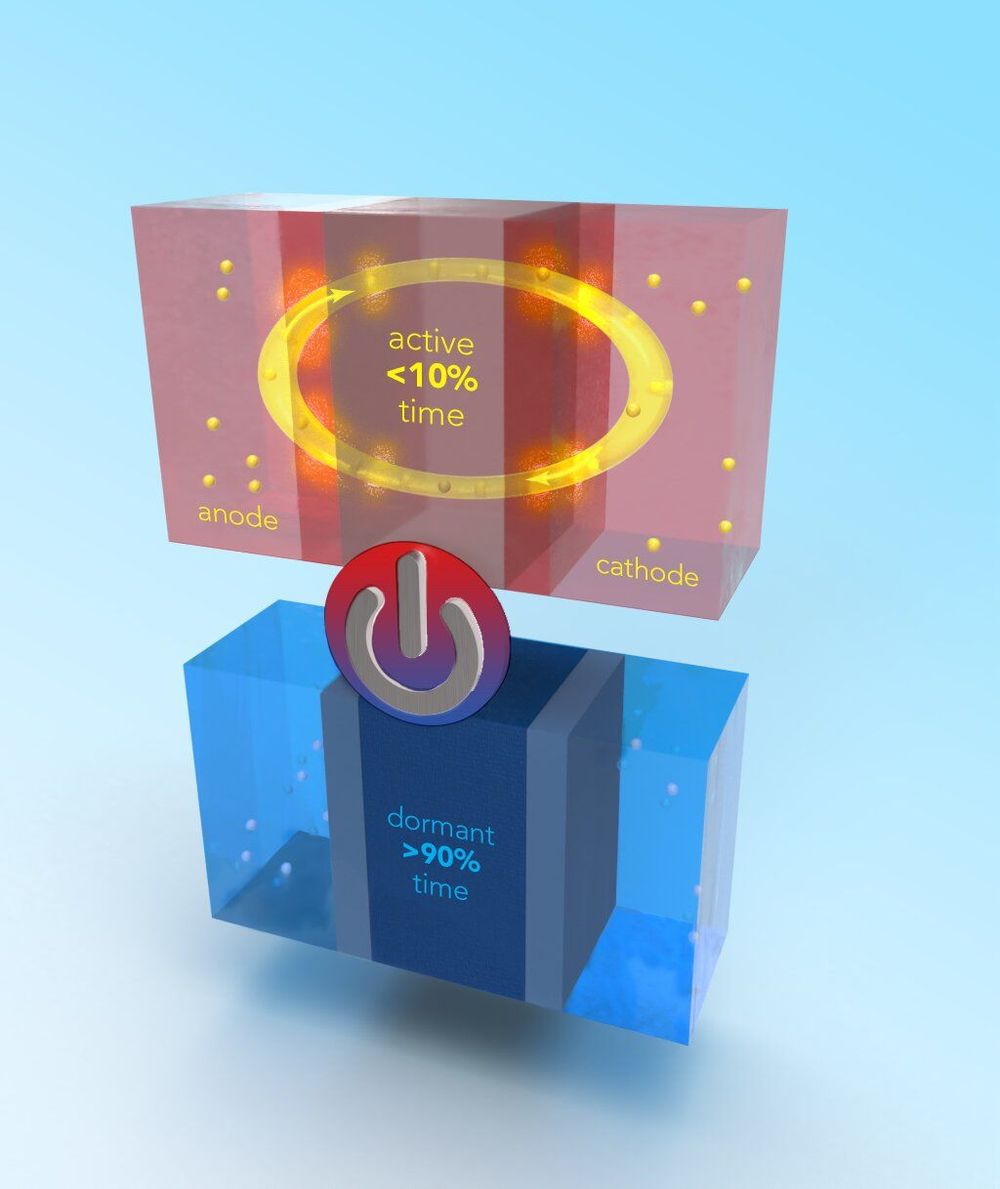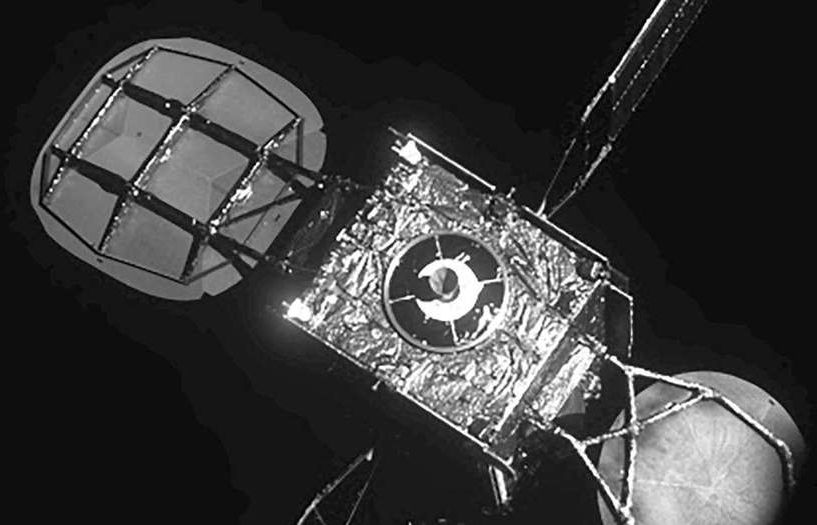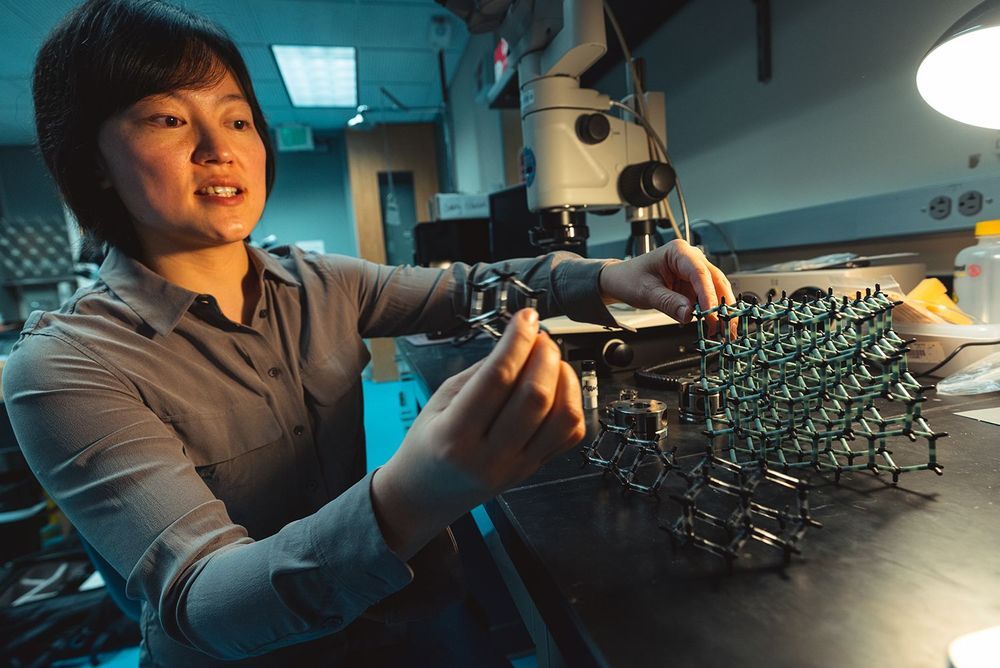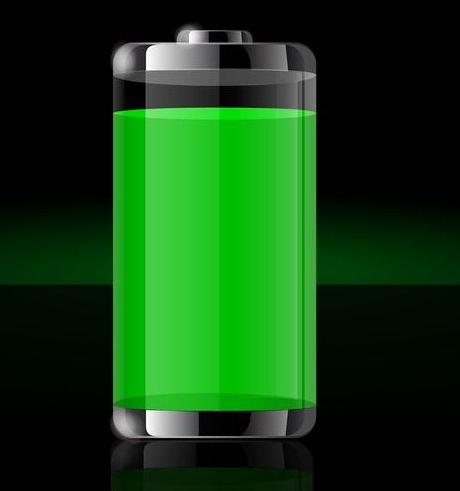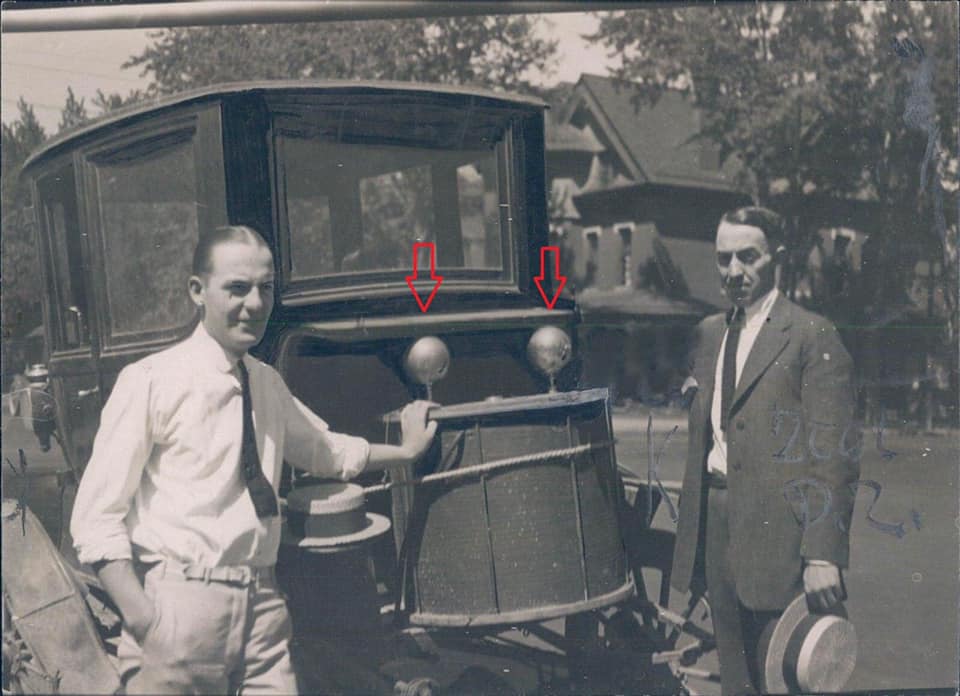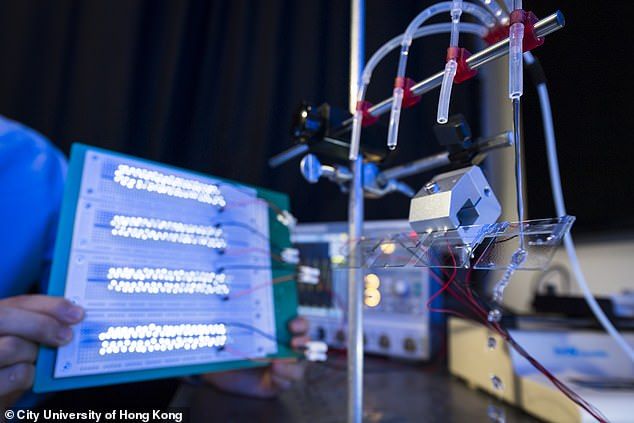Mar 4, 2020
High energy Li-Ion battery is safer for electric vehicles
Posted by Saúl Morales Rodriguéz in categories: energy, engineering, transportation
A lithium-ion battery that is safe, has high power and can last for 1 million miles has been developed by a team in Penn State’s Battery and Energy Storage Technology (BEST) Center.
Electric vehicle batteries typically require a tradeoff between safety and energy density. If the battery has high energy and power density, which is required for uphill driving or merging on the freeway, then there is a chance the battery can catch fire or explode in the wrong conditions. But materials that have low energy/power density, and therefore high safety, tend to have poor performance. There is no material that satisfies both. For that reason, battery engineers opt for performance over safety.
“In this work we decided we were going to take a totally different approach,” said Chao-Yang Wang, professor of mechanical, chemical and materials science and engineering, and William E. Diefenderfer Chair in Mechanical Engineering, Penn State. “We divided our strategy into two steps. First we wanted to build a highly stable battery with highly stable materials.”
